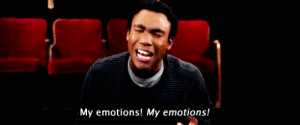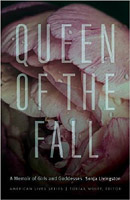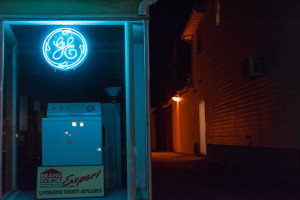Posted by Kyle Frink, Poetry reader for issue 4.2
Now that the final publishing of Gandy Dancer 4.2 is coming to a close, I wanted to take the opportunity to find out a little about the published authors’ thoughts and feelings. I had the privilege of asking a couple questions to authors currently published in Gandy Dancer. Mainly concerned with how it felt to be published, I asked Sarah Steil ’17, and Sarah Simon ’17 (both from Geneseo) about their first reactions to being published and to reflect on their writing process. I found the responses differ a widely between each person. Sarah Steil said of being published, “I mean it’s really exciting, right? Like that means a group of people read something I wrote and thought it was meaningful in some way.” However, Sarah feels like now that her piece is out in the world, she doesn’t have another chance to fix or change it. “It’s exciting to see your name in print, but you never get feedback for it so I just hope someone reads it.” Knowing Sarah personally, it is quite plain to see how hard on herself she can be. While Sarah’s story, “Flickering,” is fiction, she prefers to write nonfiction. “I feel like writing nonfiction is more satisfying, because when I finish a piece it’s exciting because it’s done, but also satisfying because I’ve figured something out through writing it.” Sarah uses nonfiction to put the complex and ever-changing puzzle pieces of her life together in a way she can understand.
We had a very interesting piece of poetry come through our submissions list, one that at first caused wrinkled brows and took some time to discuss. This poetry submission included images as well as a sporadic change in format. Sarah Simon’s “Cingulum” was accepted into the latest edition, providing a unique perspective on depression. She says “‘Cingulum,’ the poem I submitted, is personal. It discusses and plays with the idea of clinical depression. The imagery and literal images (photos are part of it) expound on these ideas, which often halt me my in my tracks yet keep me going. If that poem was chosen, maybe it stopped someone for a little while too, and in a way that makes you realize that you must keep going.” Sarah Simon looks forward to the Gandy Dancer launch part on May 11th at 9:00 AM in the College Union Hunt Room. “I was so pumped to hear about getting published; I know the editors really consider submissions… I’m planning on reading my poem there. I hope to have a similar effect on the audience at the launch party, using my voice and material.”
We are delighted and very satisfied with the finished product and are looking forward to the launch party to debut the 4.2 edition!








